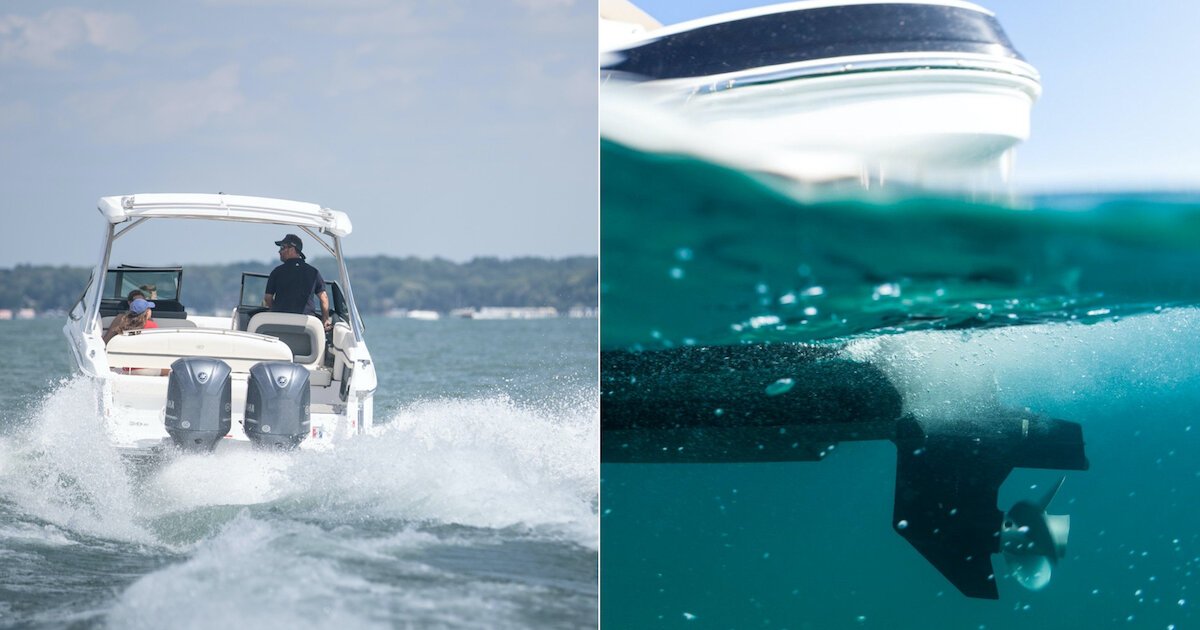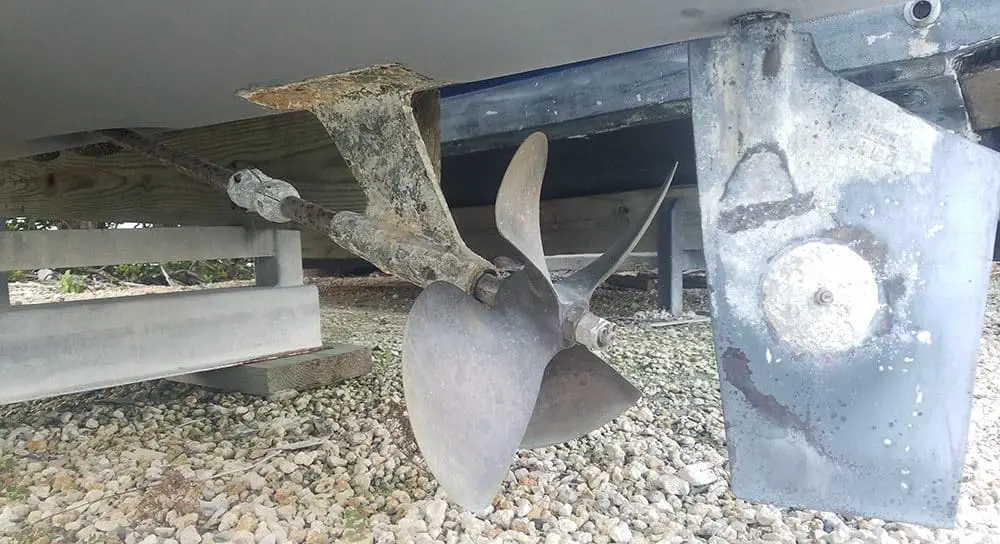

Outboards don’t have distributor caps and rotors so parts costs are usually about $100 less for an annual service. Both require engine oil, oil filter, spark plug, water pump impeller and gear case lube changes. Maintenance wise, both stern drives and the new higher horse power engines are similar. “An outboard motor mounted in the middle of the transom is often just in the way.” “All take place off the rear of the boat which makes this space very important,” Lewis explains. Most of these types of boats are used for watersport activities, tubing, skiing, wakeboarding and other tow activities. On the other hand, bowriders and deck boats have the space for inboard engines. “There isn’t a good place for an inboard engine on a pontoon/tritoon to be installed,” Lewis notes. Outboards are the best choice to power pontoons and tritoons simply because of the boat configuration. Dora sells Yamaha outboards and Volvo Penta stern drives.īoth engines have advantages, depending on the kind of boat you have and the activities you’re planning, be it fishing, cruising or watersports. Outboards in the 200, 250 and even 300 HP range are common place.” “Ten years ago, if you wanted more than 200 HP, stern drives were your only option,” says Joe Lewis, General Manager at Mt. The engine sits just forward of the transom while the drive unit (outdrive or drive leg) lies outside the hull. A sterndrive combines inboard power with outboard drive.

Outboards provide more room in the boat because they are installed on the transom, outside the boat. There are two choices to power your craft: outboard or stern (inboard) drive. OK, you’ve picked out your new boat… now a crucial decision looms: the engine.


 0 kommentar(er)
0 kommentar(er)
